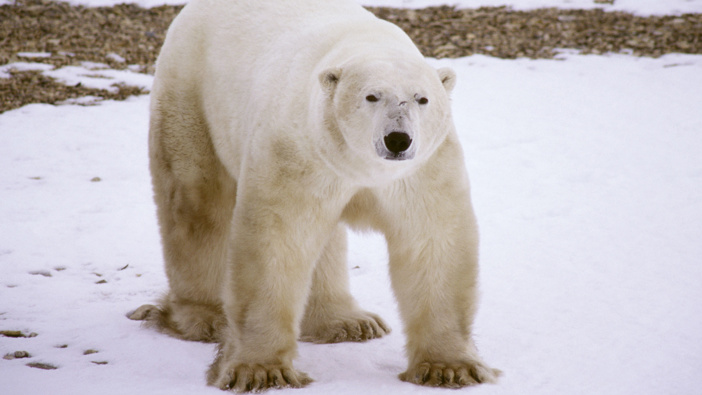If you could cuddle a friendly polar bear, how do you think it would feel?
Most people might guess soft and fluffy, but new research out this week in the journal Science Advances found that the answer is actually greasy!
Polar bears are masters of survival in one of the harshest environments on Earth. With temperatures plummeting well below freezing and a habitat that consists largely of ice and water, these Arctic giants need every advantage they can get. We already know that their thick fat layer and dense fur keep them warm, but we didn't know until now that greasy hair might be one of their most powerful survival tools!.
The research found that the natural oils in polar bear fur prevent ice from sticking to it.
Researchers collected fur samples from six wild polar bears and measured three key factors:
- Ice Adhesion Strength – How easily does ice stick to the fur?
- Hydrophobicity – Does water bead and roll off before freezing?
- Freezing Delay Time – How long does it take for a droplet of water to freeze?
The results were striking. When unwashed, polar bear fur resisted ice adhesion significantly better than human hair and synthetic ski skins. But when the fur was washed and stripped of its natural grease, it lost this anti-icing ability and behaved just like human hair—meaning ice stuck easily.
The team performed a detailed chemical analysis of the polar bear’s fur grease (sebum) and identified a key mix of natural compounds—cholesterol, diacylglycerols, and fatty acids. These components work together to make the fur slippery, preventing ice from gaining a foothold.
Interestingly, one common fatty substance—squalene—was notably absent. Squalene is found in human hair and in aquatic mammals like sea otters, but its lack in polar bears suggests it may actually hinder ice resistance.
The benefits of this greasy fur go beyond just comfort. Polar bears rely on a hunting technique called 'still hunting,' where they patiently wait near a seal’s breathing hole in the ice. If the bear needs to slide silently into the water for a surprise attack, its ice-resistant fur helps minimise friction and noise. This quiet approach gives them a better chance of catching their prey.
Nature has long been a source of inspiration for engineers and scientists. The way polar bear fur repels ice could lead to the development of new, more sustainable anti-icing coatings. These innovations might one day replace synthetic, long-lasting chemicals like PFAS, which are currently used in many industrial applications, but pose environmental concerns.
LISTEN ABOVE
Take your Radio, Podcasts and Music with you










